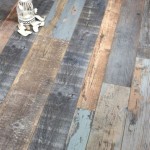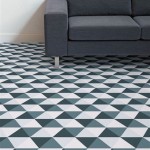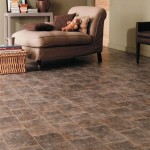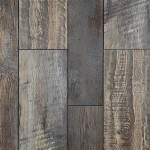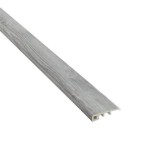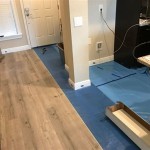Replacing hardwood floor can be an intimidating task for many homeowners, but it does not have to be. If you are looking to replace your hardwood floor, this comprehensive guide will provide you with all the information you need to make the right decisions.
Preparation and Planning
Before starting any project, it is important to plan ahead. For hardwood floor replacement, this means gathering information and deciding what type of flooring you want to install. Consider the room size, shape, flooring material, and any other factors that may influence your decision. Additionally, it is important to consider the cost of materials and any additional costs associated with installation. Once you have gathered the necessary information, you can begin the project.
Removing the Old Floor
Once you have planned and gathered the necessary materials, it is time to begin removing the old floor. Start by removing any furniture and other items from the room. Then, use a crowbar to remove any nails or staples securing the old hardwood floor. Finally, use a hammer and chisel to remove any remaining wood or adhesive. Once the old floor is removed, you can begin the installation of the new floor.
Installing the New Floor
Installing a new hardwood floor is an intricate process that requires precision and care. Before beginning, clean the subfloor of any debris and make sure it is as level as possible. Then, lay down a vapor barrier to protect the floor from moisture. After the vapor barrier is in place, you can begin installing the new hardwood floor. Depending on the type of flooring you are installing, you may need to glue, nail, or float the floor into place. Follow the manufacturer’s instructions for the best results.
Finishing Touches
Once the hardwood floor is installed, it is time to give it the finishing touches. If desired, you can stain and seal the floor to create a beautiful and durable finish. Additionally, you can add trim and molding around the edges to give the floor a polished look. Finally, you can add area rugs and furniture to complete the look.
Maintenance and Care
Once your hardwood floor is installed, it is important to maintain and care for it properly. Regularly sweep and vacuum the floor to remove dust and debris. Additionally, it is important to use the correct cleaning products to prevent damage to the floor. When it is time to refinish the floor, it is best to hire a professional to ensure the best results.
Conclusion
Replacing hardwood flooring can be an intimidating task, but with the right preparation and knowledge, it can be a fairly straightforward process. By following this comprehensive guide, you can ensure that your hardwood floor is installed correctly and lasts for years to come.







/Man-removing-floor-GettyImages-200467183-001-b20da3c5e3884f0ea2b171a20a8de124.jpg)







Related Posts

